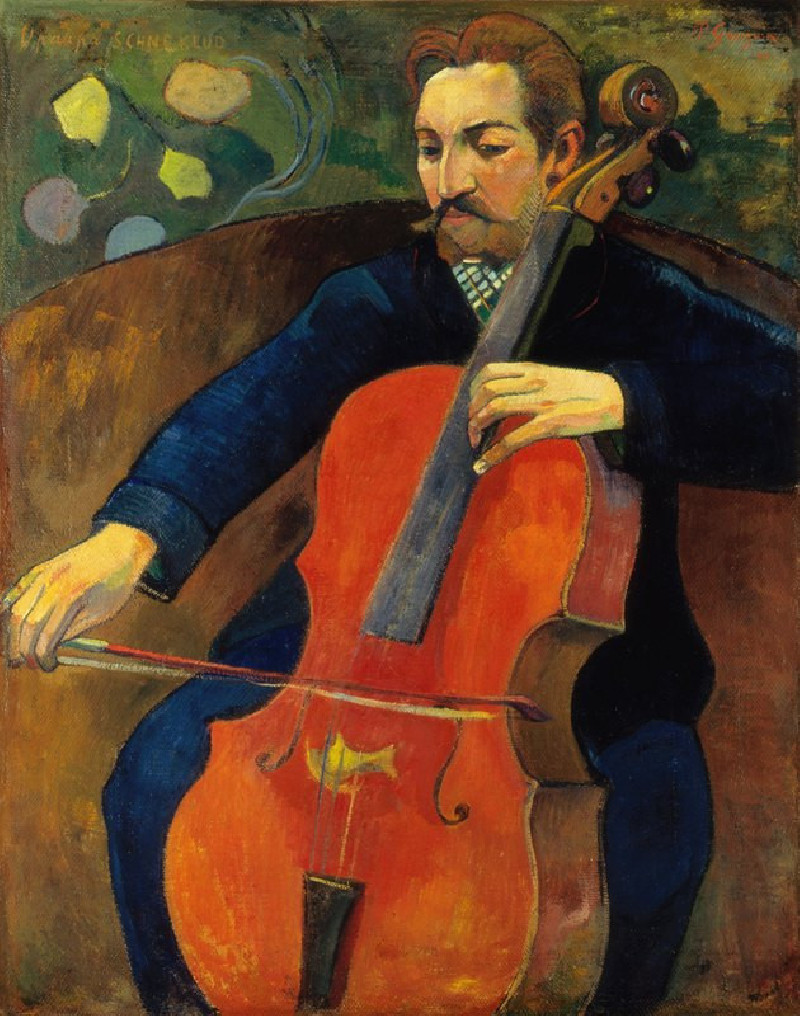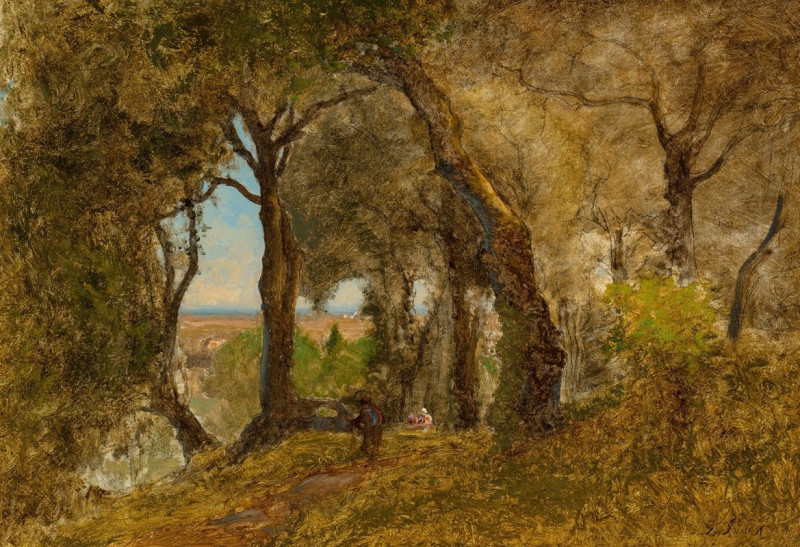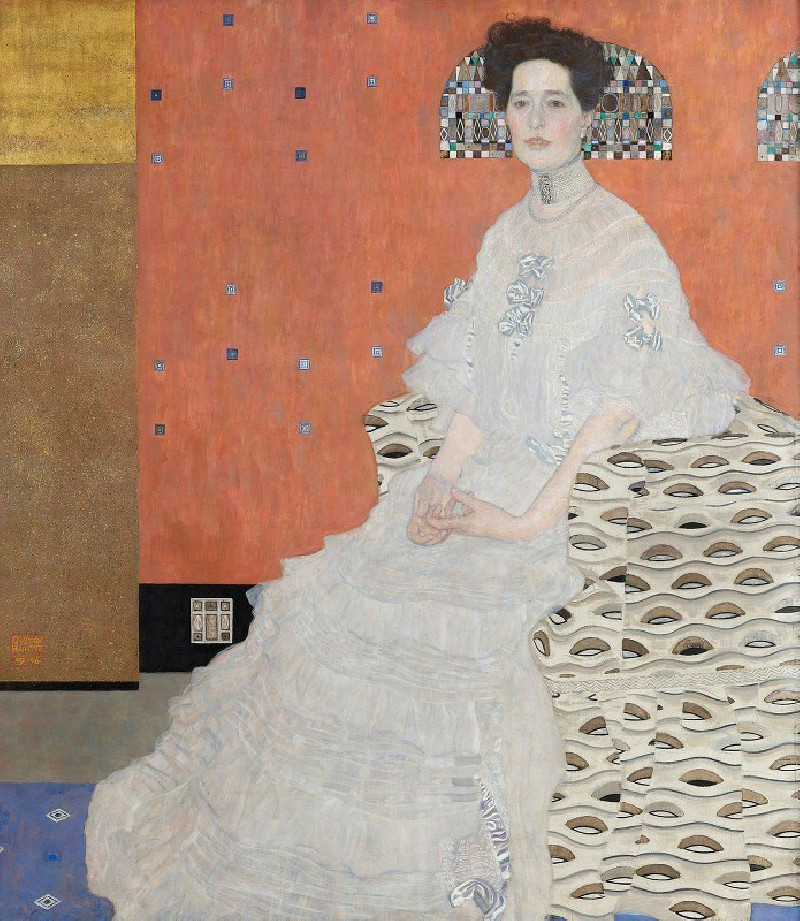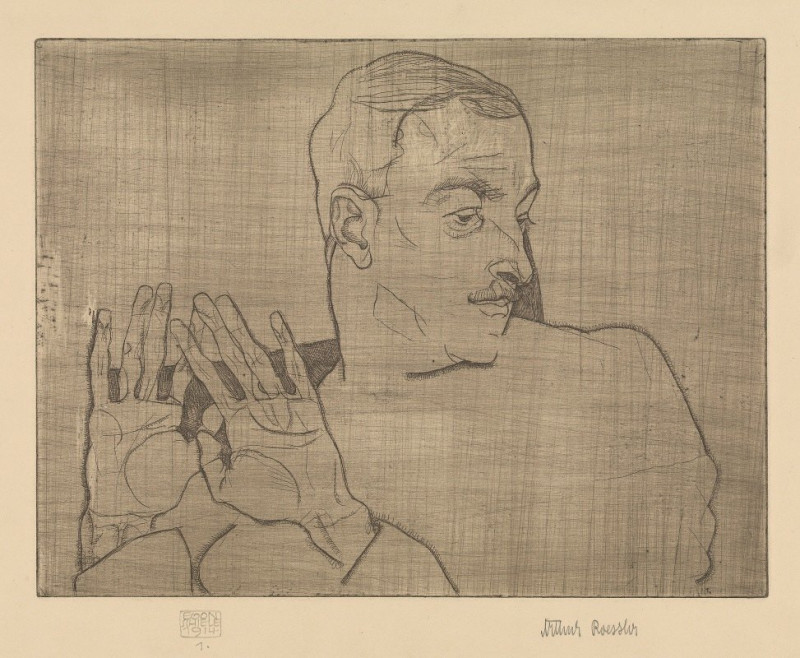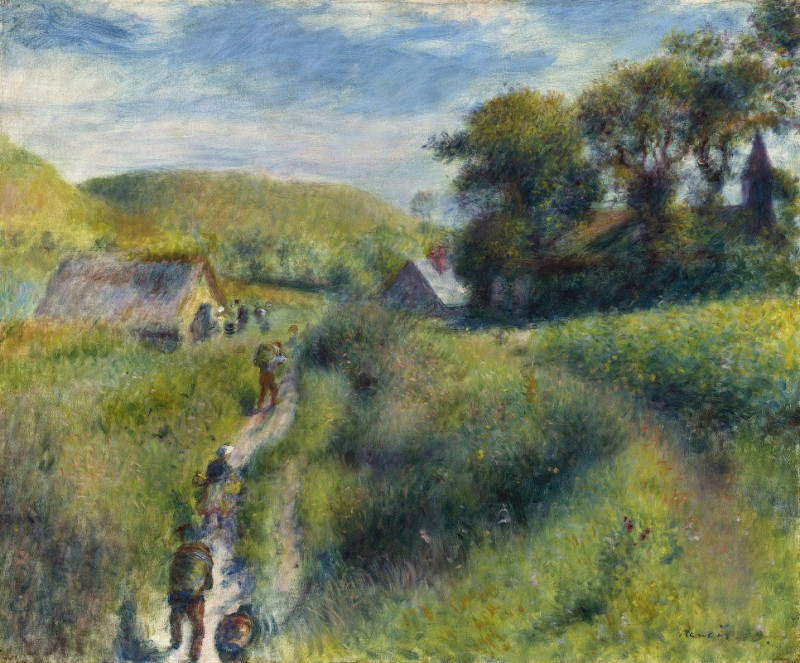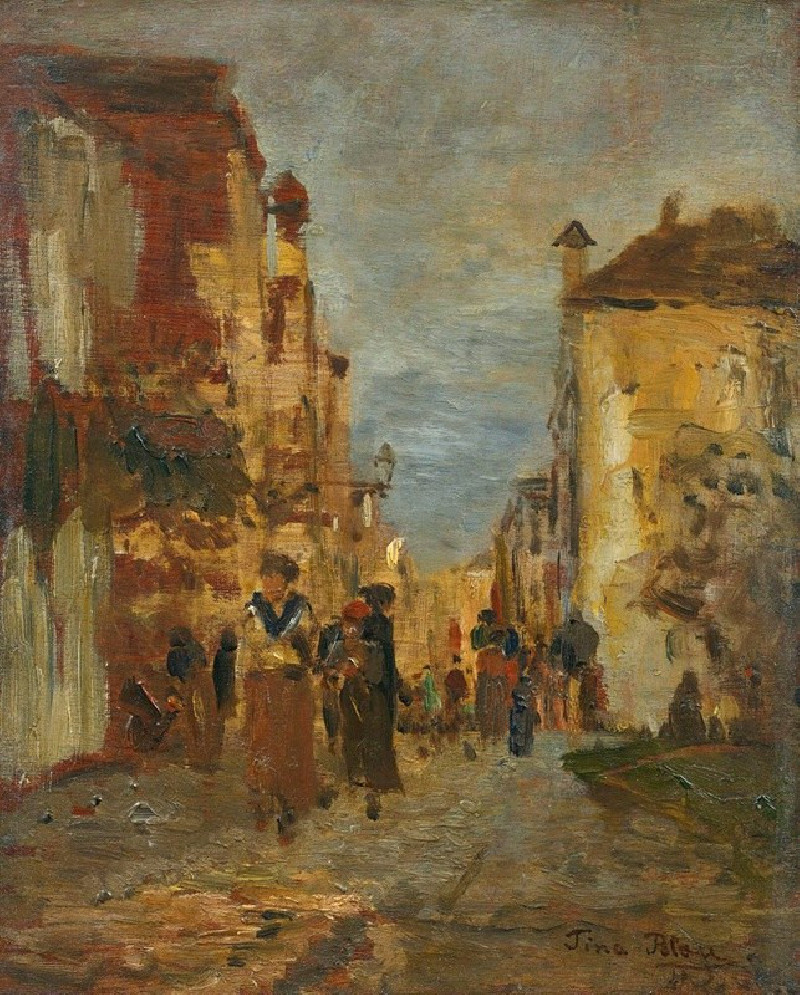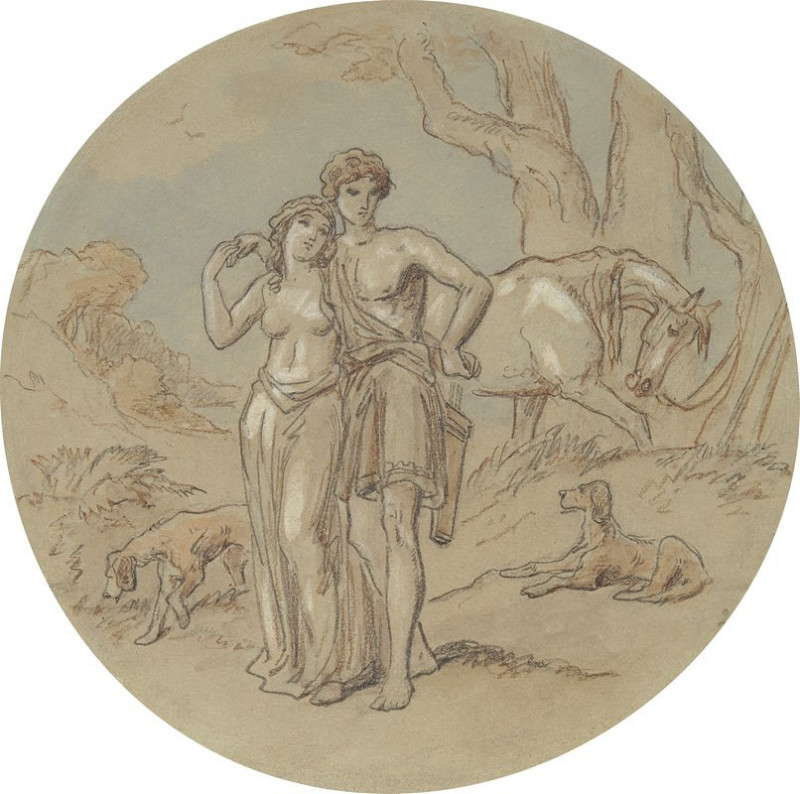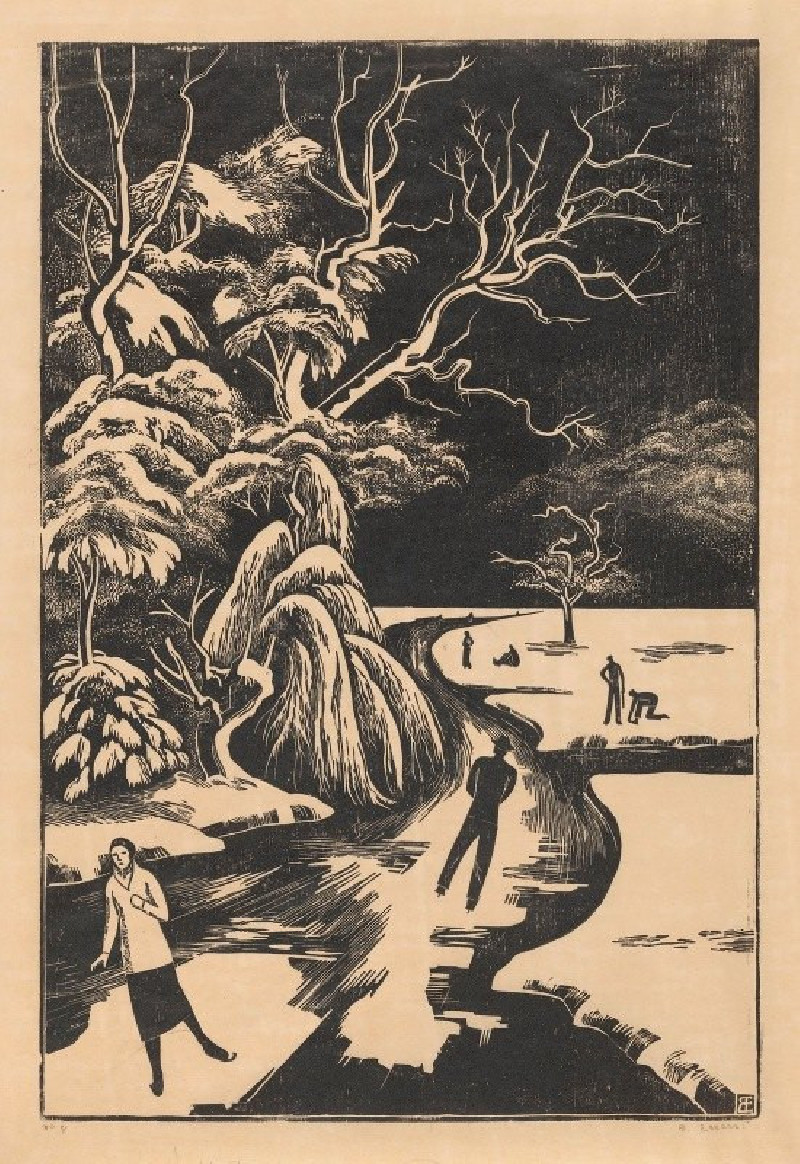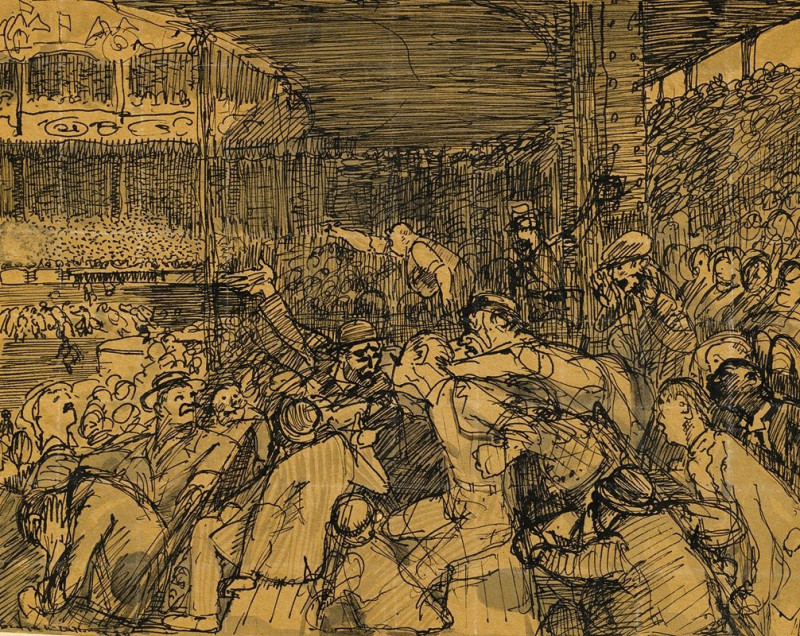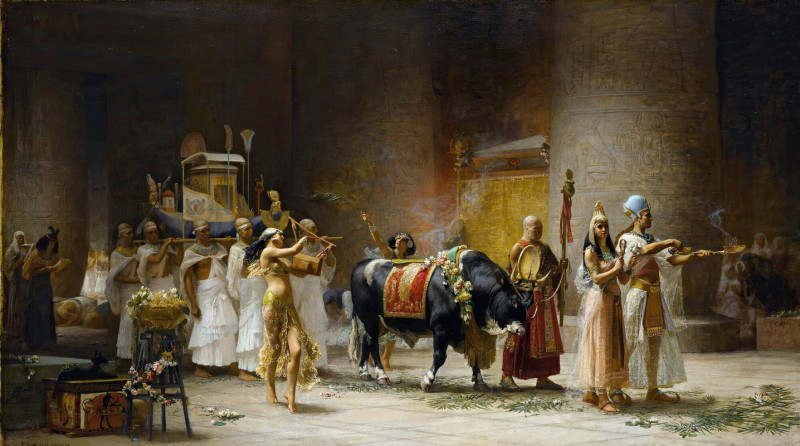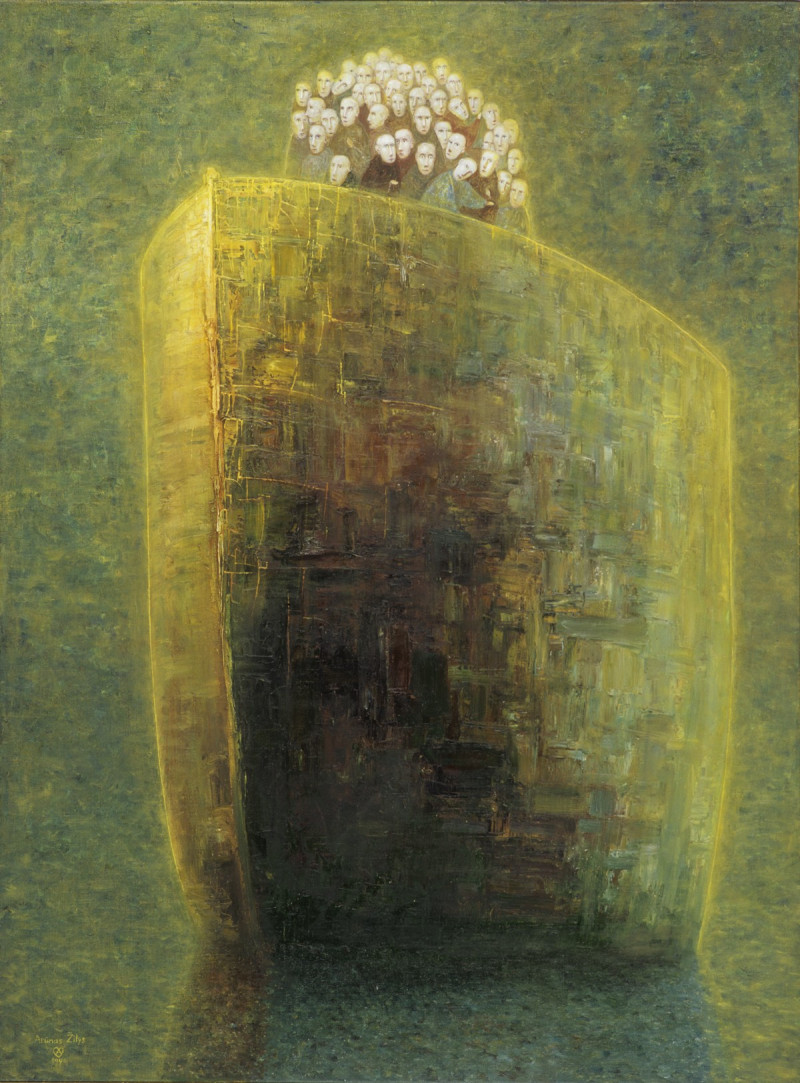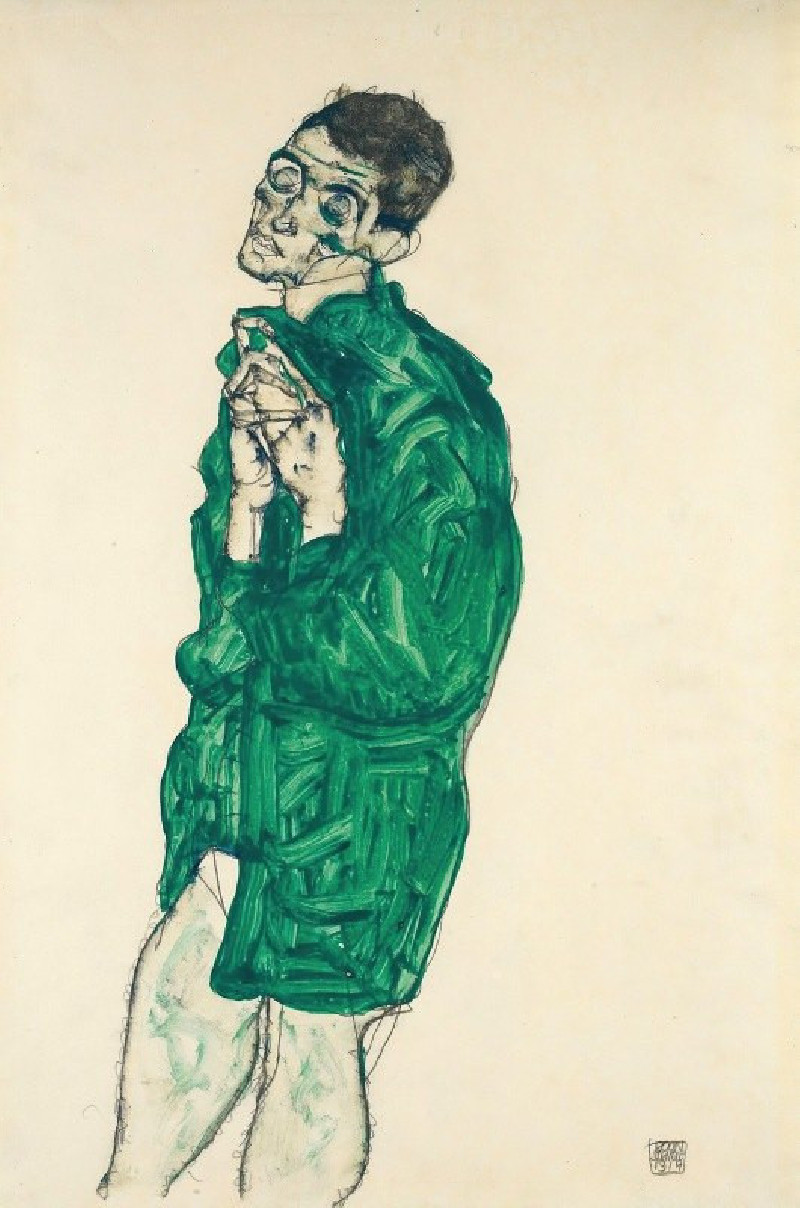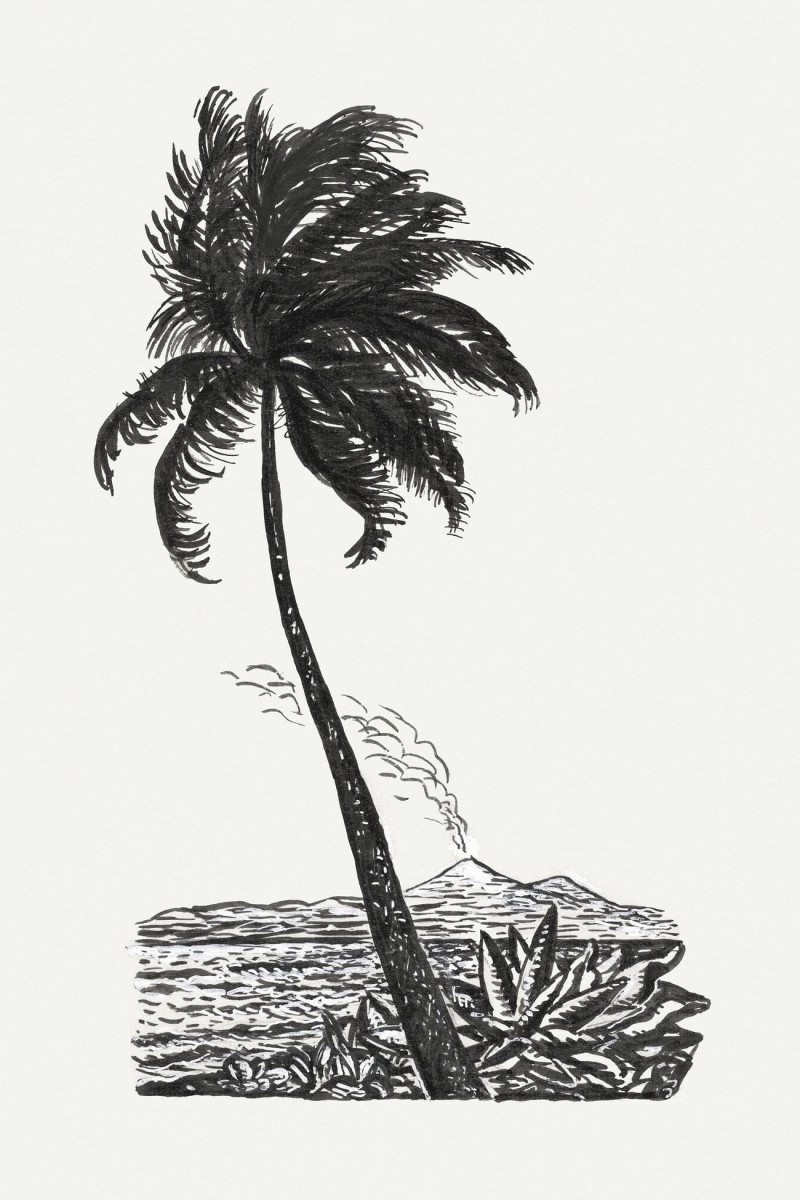Western Harbour in Frankfurt am Main (1916)
Technique: Giclée quality print
Recommended by our customers
More about this artwork
Welcome to our exploration of "Western Harbour in Frankfurt am Main," a captivating 1916 oil painting by the renowned German expressionist Ernst Ludwig Kirchner. This vibrant artwork encapsulates the bustling activity and architectural beauty of the Frankfurt harbor, transporting viewers to the heart of early 20th-century Germany.In the painting, Kirchner employs bold, distorted forms and intense colors to convey the dynamic energy of the harbor. The composition is dominated by angular lines and exaggerated shapes, illustrating the industrial elements typical of a busy port. Ships and barges, depicted in deep blues and blacks, occupy the lower portion of the piece, while the background features stylized buildings in reds and greens that seem to pulse with urban life. Towering over the scene, industrial structures stretch into swirling skies, adding a sense of movement and urgency.Prominent in the foreground are figures clad in work attire, suggesting the daily life and labor that defines a bustling harbor. Their presence, combined with the energetic brushstrokes and sharp angles, highlights the importance of human activity in this industrial setting. Kirchner’s use of distorted perspective and bold contours not only enhances the visual impact of the painting but also reflects the expressionist emphasis on emotional expression over realistic representation."Western Harbour in Frankfurt am Main" offers a glimpse into Kirchner’s artistic exploration of urban scenes, characterized by emotional intensity and graphic innovation. This painting is not just a visual narrative of Frankfurt’s harbor, but also an emblematic expression of the transformative energies of a modernizing world.
Delivery
Returns
Ernst Ludwig Kirchner (1880–1938) was one of the most important German Expressionist painters. He was a co-founder of Die Brücke, a group of German expressionist artists formed in Dresden in 1905. Die Brücke and Kirchner took inspiration from Vincent Van Gogh and Edvard Munch, as well as African and Oceanic art. They used woodblock printing as a medium to showcase their signature style: flat, unrealistic images with vivid colors. The recurring themes in Kirchner's artworks included exotic cultures, faraway landscapes, self-portraits, dancers and Berlin street life. His paintings and prints effectively portrayed non-European cultures despite the fact that he never traveled outside of Europe.
































